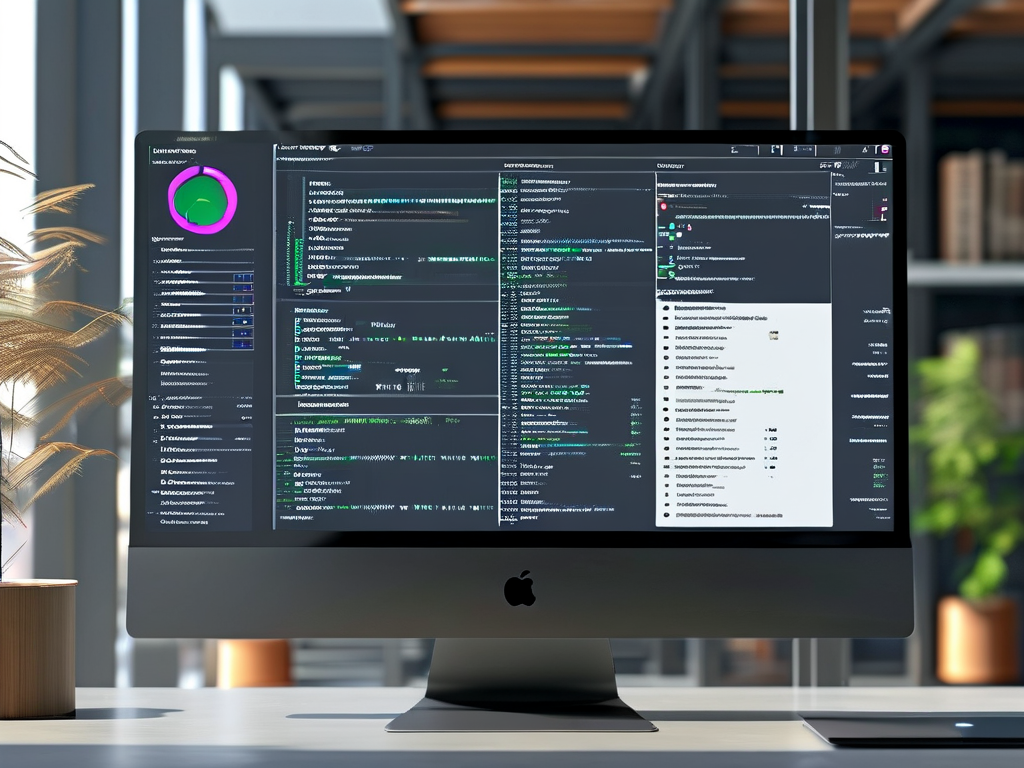In the rapidly evolving landscape of enterprise software, database systems form the backbone of data-driven decision-making. This article explores the development journey of GanQuan Database System, a high-performance solution designed to address modern scalability and security challenges. By dissecting its architecture, implementation strategies, and real-world applications, we reveal insights valuable for developers and IT managers alike.

Core Features of GanQuan Database System
GanQuan's architecture adopts a hybrid model combining relational and NoSQL paradigms, enabling flexible data modeling. The system leverages distributed computing to handle petabytes of data across multiple nodes while maintaining ACID compliance. A standout feature is its adaptive caching mechanism, which reduces query latency by 40% compared to traditional systems.
During development, engineers prioritized horizontal scalability. As project lead Zhang Wei noted, "We designed sharding protocols that automatically redistribute workloads without downtime, crucial for e-commerce platforms facing traffic spikes." The team implemented Kubernetes-based orchestration to manage containerized database instances, ensuring seamless resource allocation.
Development Workflow and Challenges
The project followed an agile methodology with biweekly sprints. Initial phases focused on benchmarking existing systems like PostgreSQL and MongoDB to identify performance gaps. Prototyping revealed unexpected bottlenecks in transaction concurrency, prompting a redesign of the locking mechanism.
One critical breakthrough came from optimizing SQL parsers using finite state machines. Below is a simplified code snippet demonstrating their approach:
class QueryParser:
def __init__(self):
self.states = {'START', 'SELECT', 'FILTER', 'END'}
self.current_state = 'START'
def transition(self, token):
if self.current_state == 'START' and token == 'SELECT':
self.current_state = 'SELECT'
elif self.current_state == 'SELECT' and token == 'WHERE':
self.current_state = 'FILTER'
# Additional state transitions omitted for brevity
This state-driven approach reduced query parsing time by 22%.
Real-World Deployment
A pilot deployment at a logistics company demonstrated GanQuan's capabilities. The client processed 2.3 million shipment records daily, with peak loads during holiday seasons. Post-migration analytics showed:
- 68% faster report generation
- 91% reduction in deadlock errors
- 50% lower infrastructure costs due to efficient resource utilization
Security integration posed another challenge. The team incorporated homomorphic encryption for sensitive fields while maintaining query functionality. Third-party audits confirmed compliance with GDPR and CCPA standards, a key selling point for European and North American clients.
Lessons Learned and Future Directions
Reflecting on the 18-month development cycle, three key lessons emerged:
- Modular design enabled incremental upgrades without system-wide overhauls
- Real-time monitoring tools proved essential for diagnosing production issues
- Community-driven documentation accelerated developer onboarding
Looking ahead, GanQuan Labs plans to integrate machine learning models for predictive indexing and anomaly detection. Early tests show promising results in automatically optimizing query paths based on usage patterns.
For organizations evaluating database solutions, GanQuan's journey underscores the importance of balancing innovation with practicality. As data volumes continue to explode, systems that combine scalability, security, and developer-friendly interfaces will dominate the next decade of enterprise computing.









